JAPAN DISTORTS FORCED LABOR OF KOREAN WORKERS
입력 2020.06.15 (15:11)
수정 2020.06.15 (19:35)
읽어주기 기능은 크롬기반의
브라우저에서만 사용하실 수 있습니다.
[Anchor Lead]
Japan is again denying its wartime forced labor in a new facility celebrating its modern industrial achievements. Tokyo is claiming that it never forcefully conscripted Korea laborers during the height of World War Two.
[Pkg]
Located off the coast of Nagasaki, Hashima is known as Battleship Island in Korea. Five years ago, Japan acknowledged that it forced hundreds of Koreans to work at coal mines in the 1940s, while seeking to include the island in the UNESCO list of world heritage sites.
[Soundbite] KUNI SATO(JAPANESE AMBASSADOR TO UNESCO, JULY, 2015) : "A large number of people from Korea and other countries were forced into labor against their will and worked under dire conditions."
Tokyo also accepted the UN agency's recommendation to set up a museum on the island in a manner not to conceal the dark sides of its history. But Japan has again gone back on its pledge in a newly established facility. In videotaped interviews displayed at the facility, it distorts history and denies its wartime practices of forcefully conscripting and mistreating Korean laborers.
[Soundbite] (FORMER HASHIMA ISLAND RESIDENT) : "In retrospect, I wonder how they brought those Korean outfits if they were forcefully conscripted."
[Soundbite] (SON OF KOREAN FOREMAN) : "I have never heard of mistreatment and abuse of Korean laborers on Battleship Island."
Japan also insists that it duly paid high wages to Korean laborers, presenting the envelopes of wages given to Taiwanese workers. It also failed to fulfill its promise to honor the Korean victims. Japan refused to allow Korean journalists to photograph and film the inside of the new facility. The Industrial Heritage Information Center is set to open on Monday.
Japan is again denying its wartime forced labor in a new facility celebrating its modern industrial achievements. Tokyo is claiming that it never forcefully conscripted Korea laborers during the height of World War Two.
[Pkg]
Located off the coast of Nagasaki, Hashima is known as Battleship Island in Korea. Five years ago, Japan acknowledged that it forced hundreds of Koreans to work at coal mines in the 1940s, while seeking to include the island in the UNESCO list of world heritage sites.
[Soundbite] KUNI SATO(JAPANESE AMBASSADOR TO UNESCO, JULY, 2015) : "A large number of people from Korea and other countries were forced into labor against their will and worked under dire conditions."
Tokyo also accepted the UN agency's recommendation to set up a museum on the island in a manner not to conceal the dark sides of its history. But Japan has again gone back on its pledge in a newly established facility. In videotaped interviews displayed at the facility, it distorts history and denies its wartime practices of forcefully conscripting and mistreating Korean laborers.
[Soundbite] (FORMER HASHIMA ISLAND RESIDENT) : "In retrospect, I wonder how they brought those Korean outfits if they were forcefully conscripted."
[Soundbite] (SON OF KOREAN FOREMAN) : "I have never heard of mistreatment and abuse of Korean laborers on Battleship Island."
Japan also insists that it duly paid high wages to Korean laborers, presenting the envelopes of wages given to Taiwanese workers. It also failed to fulfill its promise to honor the Korean victims. Japan refused to allow Korean journalists to photograph and film the inside of the new facility. The Industrial Heritage Information Center is set to open on Monday.
■ 제보하기
▷ 카카오톡 : 'KBS제보' 검색, 채널 추가
▷ 전화 : 02-781-1234, 4444
▷ 이메일 : kbs1234@kbs.co.kr
▷ 유튜브, 네이버, 카카오에서도 KBS뉴스를 구독해주세요!
- JAPAN DISTORTS FORCED LABOR OF KOREAN WORKERS
-
- 입력 2020-06-15 15:13:23
- 수정2020-06-15 19:35:33

[Anchor Lead]
Japan is again denying its wartime forced labor in a new facility celebrating its modern industrial achievements. Tokyo is claiming that it never forcefully conscripted Korea laborers during the height of World War Two.
[Pkg]
Located off the coast of Nagasaki, Hashima is known as Battleship Island in Korea. Five years ago, Japan acknowledged that it forced hundreds of Koreans to work at coal mines in the 1940s, while seeking to include the island in the UNESCO list of world heritage sites.
[Soundbite] KUNI SATO(JAPANESE AMBASSADOR TO UNESCO, JULY, 2015) : "A large number of people from Korea and other countries were forced into labor against their will and worked under dire conditions."
Tokyo also accepted the UN agency's recommendation to set up a museum on the island in a manner not to conceal the dark sides of its history. But Japan has again gone back on its pledge in a newly established facility. In videotaped interviews displayed at the facility, it distorts history and denies its wartime practices of forcefully conscripting and mistreating Korean laborers.
[Soundbite] (FORMER HASHIMA ISLAND RESIDENT) : "In retrospect, I wonder how they brought those Korean outfits if they were forcefully conscripted."
[Soundbite] (SON OF KOREAN FOREMAN) : "I have never heard of mistreatment and abuse of Korean laborers on Battleship Island."
Japan also insists that it duly paid high wages to Korean laborers, presenting the envelopes of wages given to Taiwanese workers. It also failed to fulfill its promise to honor the Korean victims. Japan refused to allow Korean journalists to photograph and film the inside of the new facility. The Industrial Heritage Information Center is set to open on Monday.
Japan is again denying its wartime forced labor in a new facility celebrating its modern industrial achievements. Tokyo is claiming that it never forcefully conscripted Korea laborers during the height of World War Two.
[Pkg]
Located off the coast of Nagasaki, Hashima is known as Battleship Island in Korea. Five years ago, Japan acknowledged that it forced hundreds of Koreans to work at coal mines in the 1940s, while seeking to include the island in the UNESCO list of world heritage sites.
[Soundbite] KUNI SATO(JAPANESE AMBASSADOR TO UNESCO, JULY, 2015) : "A large number of people from Korea and other countries were forced into labor against their will and worked under dire conditions."
Tokyo also accepted the UN agency's recommendation to set up a museum on the island in a manner not to conceal the dark sides of its history. But Japan has again gone back on its pledge in a newly established facility. In videotaped interviews displayed at the facility, it distorts history and denies its wartime practices of forcefully conscripting and mistreating Korean laborers.
[Soundbite] (FORMER HASHIMA ISLAND RESIDENT) : "In retrospect, I wonder how they brought those Korean outfits if they were forcefully conscripted."
[Soundbite] (SON OF KOREAN FOREMAN) : "I have never heard of mistreatment and abuse of Korean laborers on Battleship Island."
Japan also insists that it duly paid high wages to Korean laborers, presenting the envelopes of wages given to Taiwanese workers. It also failed to fulfill its promise to honor the Korean victims. Japan refused to allow Korean journalists to photograph and film the inside of the new facility. The Industrial Heritage Information Center is set to open on Monday.
이 기사가 좋으셨다면
-
좋아요
0
-
응원해요
0
-
후속 원해요
0










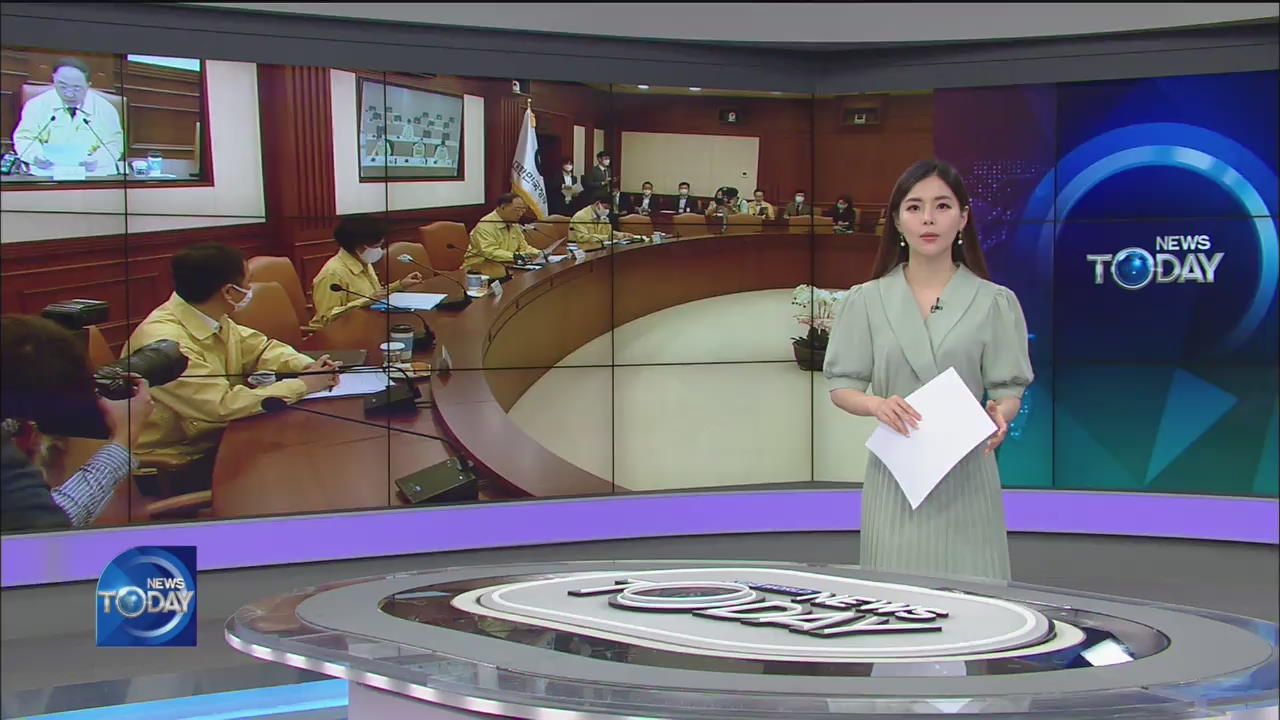
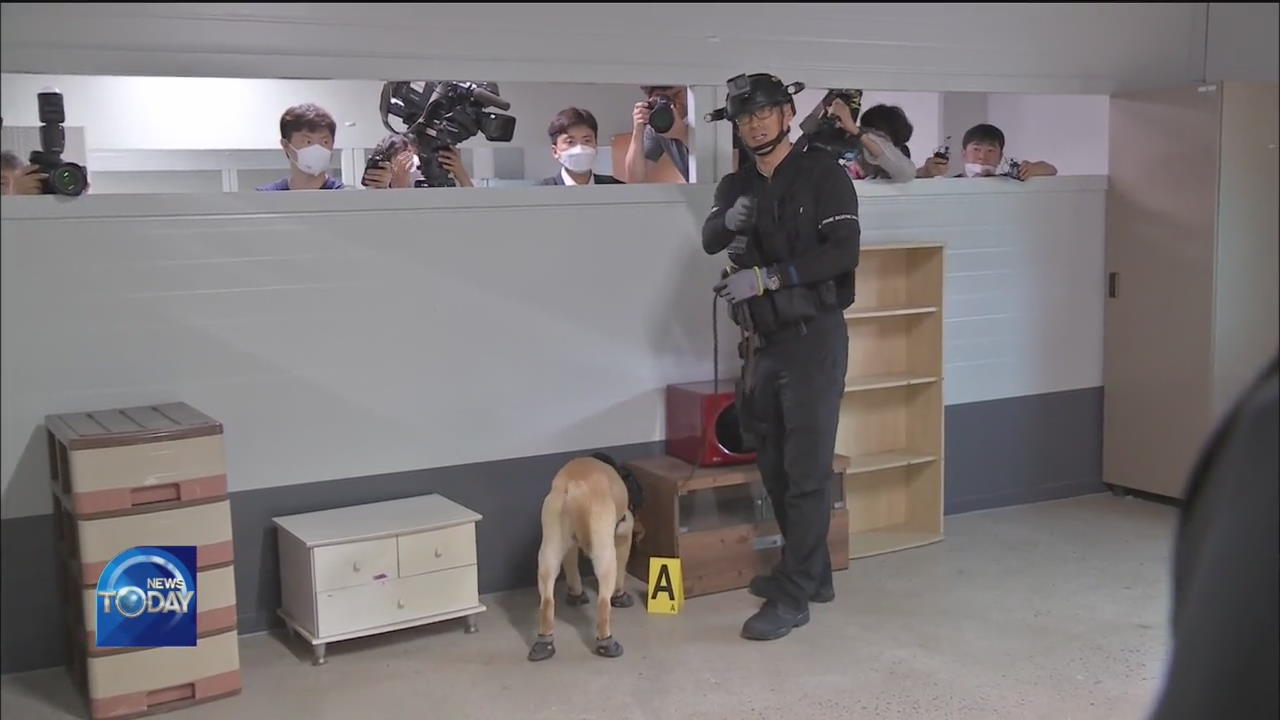
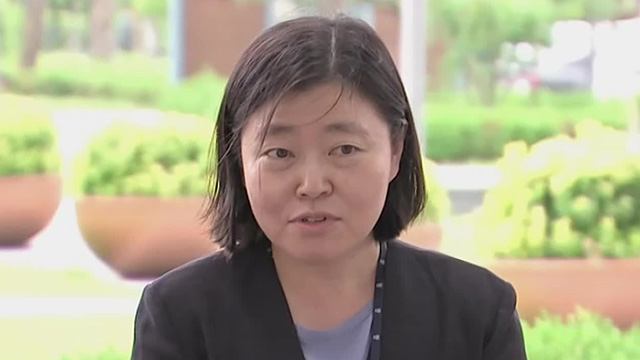
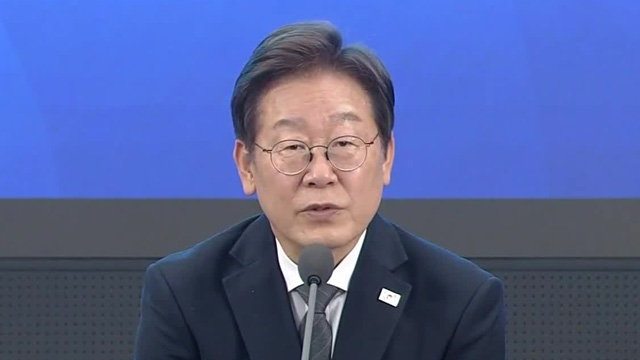
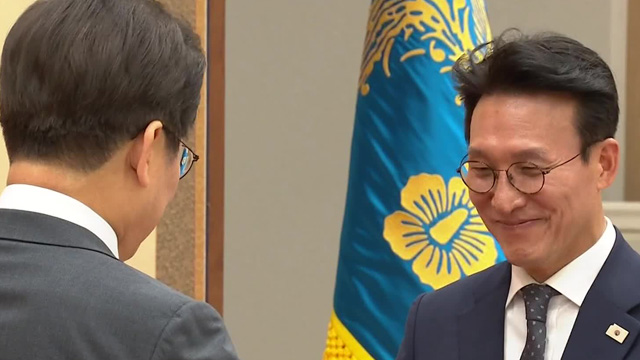
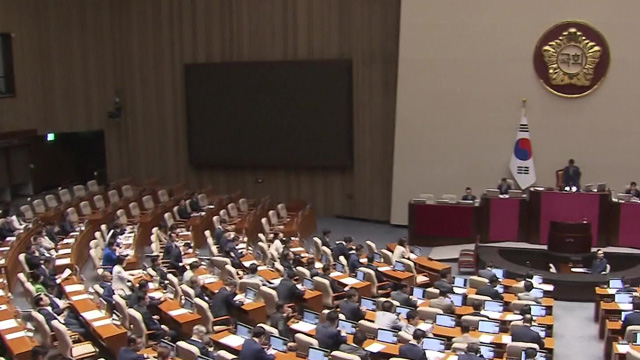

이 기사에 대한 의견을 남겨주세요.